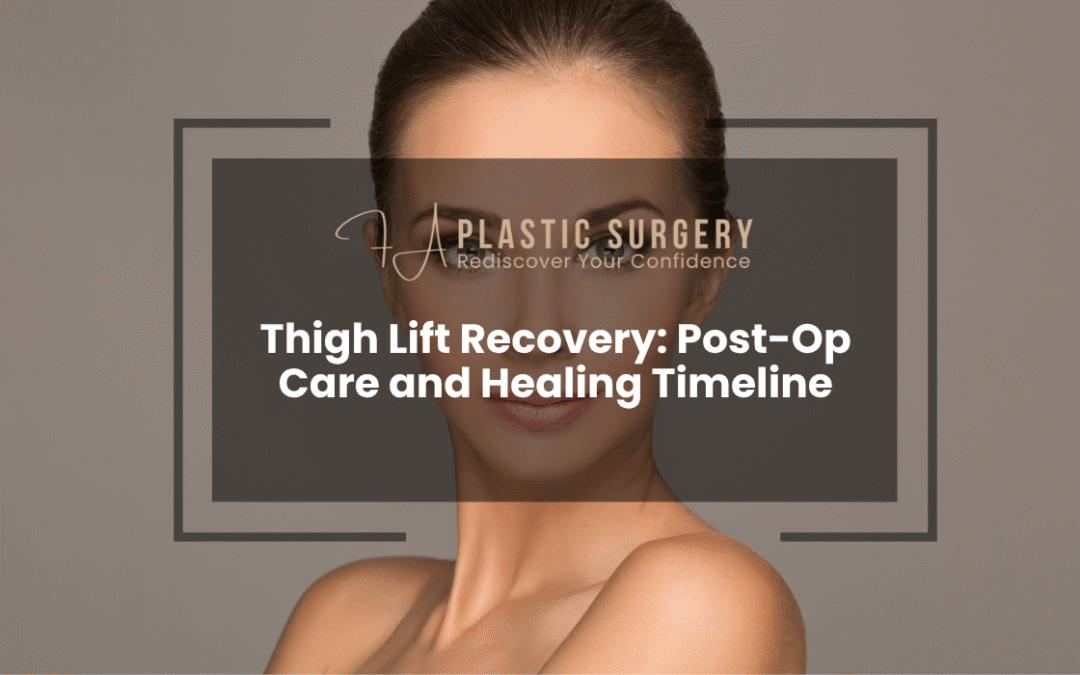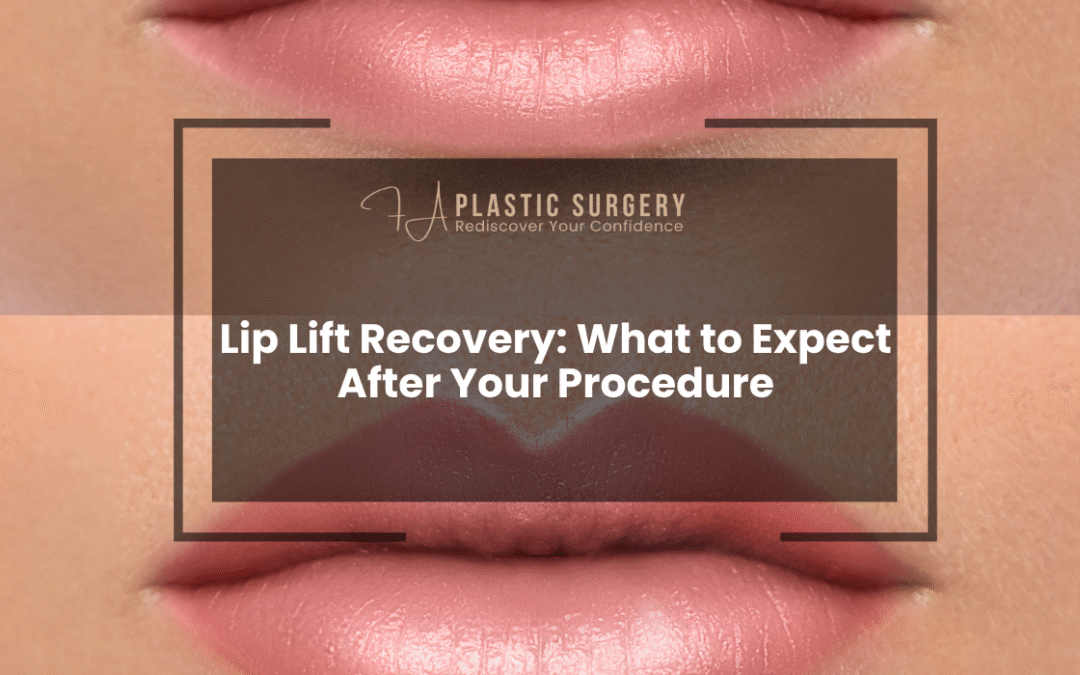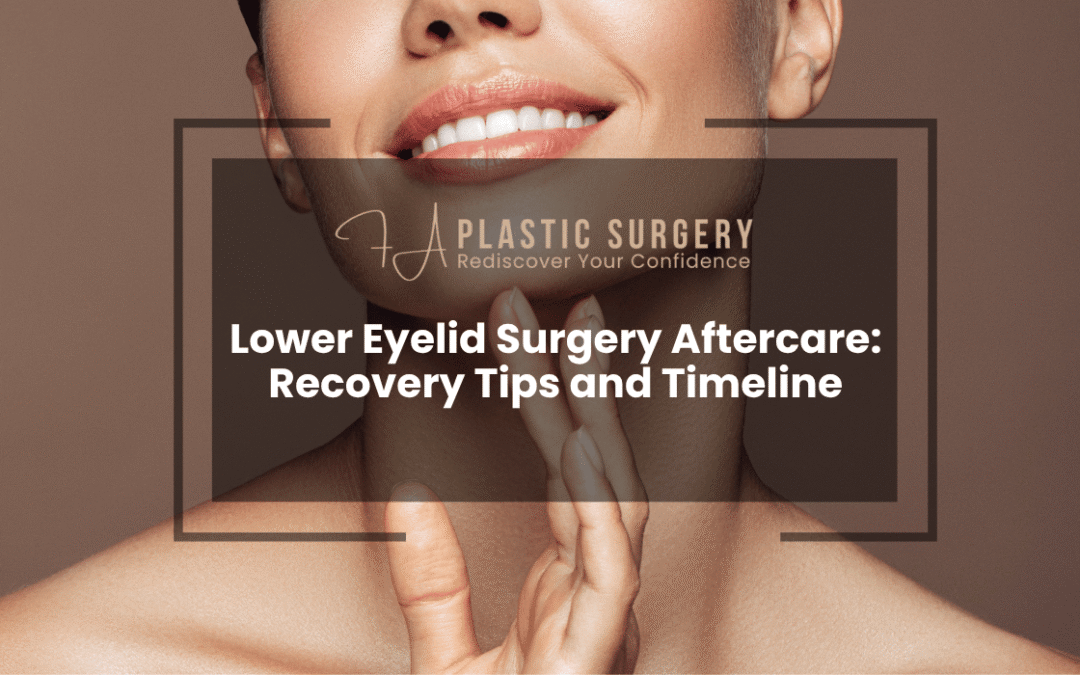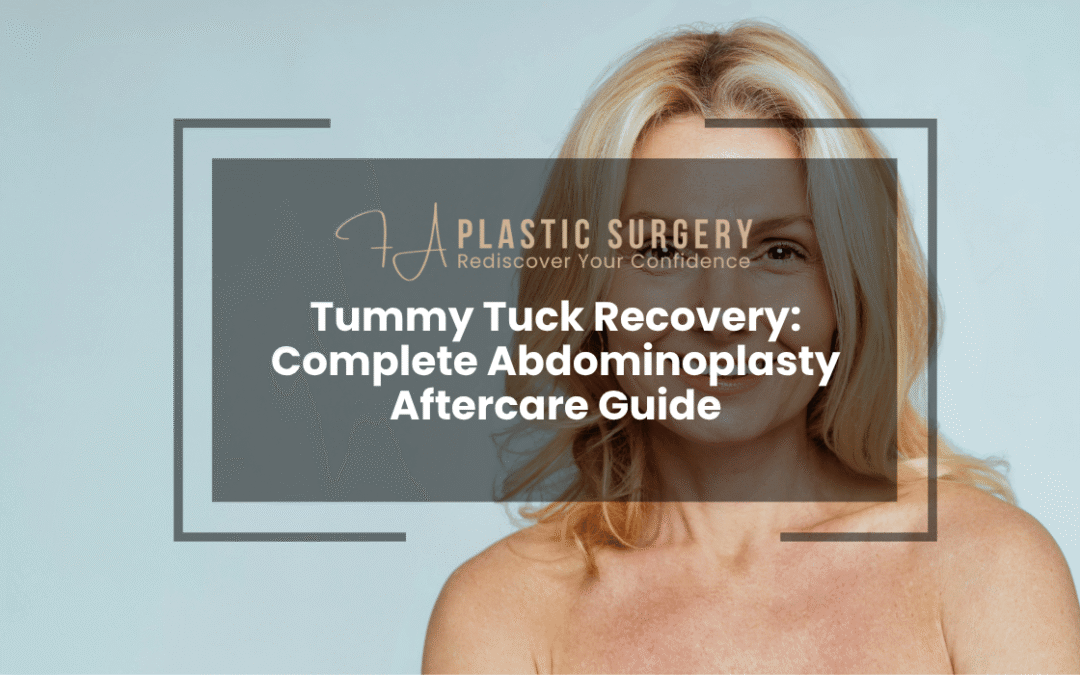hot topics in plastic surgery
Mr Foiz AhmedConsultant Plastic & Reconstructive Surgeon
Blog
Thigh Lift Recovery: Post-Op Care and Healing Timeline
Key Takeaways Thigh lift recovery typically involves an acute phase of 2-3 weeks, with complete healing continuing for several months; final results become visible around 6-12 months post-surgery. Following a structured week-by-week healing timeline helps set realistic expectations, with most patients returning to light activities after 2 weeks and more strenuous exercise after 6-8 weeks. Proper post-operative care, including wound management, drainage care, and nutrition, significantly impacts healing outcomes and final aesthetic results. Compression garments should be worn 23 hours daily for 4-6 weeks to reduce swelling, prevent fluid accumulation, and support healing tissues. Pain management typically involves prescription medication for the first few days, transitioning to over-the-counter options, complemented by proper positioning and non-pharmaceutical approaches. Resuming daily activities requires…
Lip Lift Recovery: What to Expect After Your London Procedure
Lip Lift Surgery Recovery Recovery Timeline: Complete healing takes 3-6 months, with most social activities resuming after 2 weeks Pain Management: Mild to moderate discomfort is typical, manageable with prescribed medications and cold compression Aftercare Essentials: Elevate head while sleeping, avoid strenuous activities, and follow strict wound care instructions Scar Minimization: Use silicone-based products, protect from sun exposure, and allow 12-18 months for complete scar maturation Potential Risks: Complications are rare, with most concerns being temporary and resolving during the healing process Table of Contents Understanding Lip Lift Surgery: A Comprehensive Guide Day-by-Day Recovery Timeline After Your Lip Lift Managing Pain and Discomfort During Lip Lift Recovery Essential Aftercare Tips for Optimal Lip Lift Results How to Minimize Lip Lift…
Facelift Recovery: Managing Swelling and Post-Op Care
Key Takeaways Facelift recovery follows a predictable timeline with most visible healing occurring within 2-3 weeks, though complete tissue settling takes up to 6 months. Managing swelling and bruising effectively requires cold therapy, elevation, and possibly lymphatic drainage techniques beginning 10-14 days post-surgery. Proper post-operative face care includes gentle cleansing, moisturizing after 7-10 days, and consistent sun protection to optimize healing and results. Most patients can return to desk work after 10-14 days, with gradual resumption of exercise starting at 3 weeks and reaching full activity by 6 weeks post-surgery. Compression garments support recovery by reducing swelling and contouring facial tissues, typically worn continuously for 48-72 hours then nightly for 1-3 weeks. Pain management combines prescribed medications, cold therapy, proper…
Lower Eyelid Surgery Aftercare: Recovery Tips and Timeline
Key Takeaways Lower blepharoplasty recovery typically follows a predictable pattern, with most swelling and bruising peaking at 48-72 hours post-surgery and gradually improving thereafter. The first 48 hours are critical for recovery—focus on rest, cold compress application, medication management, and keeping your head elevated. Sleep with your head elevated at 30-45 degrees and on your back for at least the first week to minimize swelling and protect surgical results. Protect your eyes from sun exposure, avoid contact lens use for at least two weeks, and use artificial tears as recommended to combat dryness. Resume light activities within 7-10 days, but avoid strenuous exercise for 2-3 weeks and swimming for 4-6 weeks. Watch for warning signs of complications, including increasing pain,…
Upper Eyelid Surgery Recovery: Blepharoplasty Healing Guide
Key Takeaways: Upper Eyelid Surgery Recovery Recovery from upper eyelid blepharoplasty typically takes 10-14 days before returning to normal activities, with final results visible after 3-6 months. The first 48 hours are critical: use cold compresses, keep your head elevated, and follow medication schedules precisely to minimize swelling and discomfort. Swelling peaks at 48-72 hours post-surgery and can be managed with cold therapy, elevation, and potentially supplements like Arnica montana (with surgeon approval). Most patients can return to desk work after 7-10 days, resume light exercise at 2 weeks, and return to full workouts by 4-6 weeks. Proper scar care includes gentle massage, sun protection, and silicone-based products once incisions are fully closed (around 2 weeks). While mild swelling, bruising…
Tummy Tuck Recovery: Complete Abdominoplasty Aftercare Guide
Key Takeaways Complete tummy tuck recovery typically spans 6-8 weeks, with final results developing over 6-12 months as swelling resolves and scars mature. The first week is critical for establishing proper healing foundations—maintain a flexed position, manage drains properly, and take medications as prescribed. Effective pain management combines prescribed medications with proper positioning, cold therapy, and gentle breathing exercises. Compression garments should be worn for 4-6 weeks to reduce swelling and support tissues; surgical drains typically remain until output decreases to 25-30ml per day. Sleep in a “lounge chair” position (back elevated, knees bent) for 1-2 weeks before gradually transitioning to side sleeping with proper support. Return to activities gradually: light walking immediately, driving around week 4, light cardio at…
Mastopexy Post-Op Care: Breast Lift Recovery Essentials
Key Takeaways: Breast Lift Recovery Complete breast lift recovery typically takes 6-8 weeks, with subtle changes continuing for up to a year The first week is critical for proper healing—maintain elevation, follow wound care instructions, and restrict activities Wear your surgical compression bra 24/7 for the first 2-4 weeks to support healing tissues and minimize swelling Most patients experience moderate discomfort rather than severe pain, which typically resolves within the first week Proper incision care and consistent scar management significantly impact your final aesthetic outcome Return to normal activities gradually—light activities after 1-2 weeks, moderate exercise at 4-6 weeks, and full activities after 6 weeks Contact your surgeon immediately if you experience excessive bleeding, unusual pain, signs of infection, or…
Breast Reduction Recovery: Managing Pain and Healing Properly
Key Takeaways: Breast Reduction Recovery Recovery follows a predictable timeline, with most patients returning to light activities within 2-3 weeks and full recovery by 6-12 months Effective pain management combines prescribed medications with non-pharmaceutical approaches like cold compresses and proper positioning Proper wound care is essential for preventing infection and promoting optimal healing of incisions Compression garments should be worn continuously for 4-6 weeks to reduce swelling and support healing tissues Activity restrictions, particularly limiting arm movements and avoiding heavy lifting, are crucial during the first 6 weeks Scar management should begin once incisions have closed, using silicone products, massage, and strict sun protection Regular follow-up appointments allow your surgeon to monitor healing and address any concerns promptly Full results…
Breast Augmentation Recovery: Week-by-Week Healing Timeline
Key Takeaways Breast augmentation recovery is a progressive journey lasting several months, with the most significant discomfort occurring during the first 48-72 hours. The first week focuses on pain management, wearing compression garments, and limited movement; most patients can return to light desk work by days 5-7. Weeks 2-4 involve transitioning to sports bras and gradually resuming normal activities, though heavy lifting remains restricted. Implant settling (“dropping and fluffing”) occurs gradually over 3-6 months, with noticeable changes beginning around weeks 6-8. Swelling peaks at days 3-5, with 60-70% resolved by weeks 2-4, though subtle swelling can persist for 3-6 months. Proper incision care, compression garment compliance, and hygiene are essential for optimal healing outcomes. Exercise should be reintroduced gradually, with…
Essential Post-Op Care: Your Complete Recovery Guide After Surgery
Key Takeaways Post-operative care is crucial for optimal healing and results, with recovery progressing through immediate, early, and long-term phases. The first 48 hours after surgery are critical—follow wound care instructions meticulously, prioritize rest, and adhere to medication schedules. Manage pain through prescribed medications, cold therapy, proper positioning, and contact your clinic if pain seems excessive. Proper nutrition (especially protein) and hydration (2-3 liters daily) significantly accelerate healing and improve recovery. Minimize swelling through elevation, cold therapy, lymphatic drainage, and avoiding activities that increase blood pressure. Compression garments support recovery for many procedures by reducing swelling, improving circulation, and helping tissues conform to new contours. Monitor for warning signs of complications including infection, hematomas, vascular issues, and wound healing problems.…










